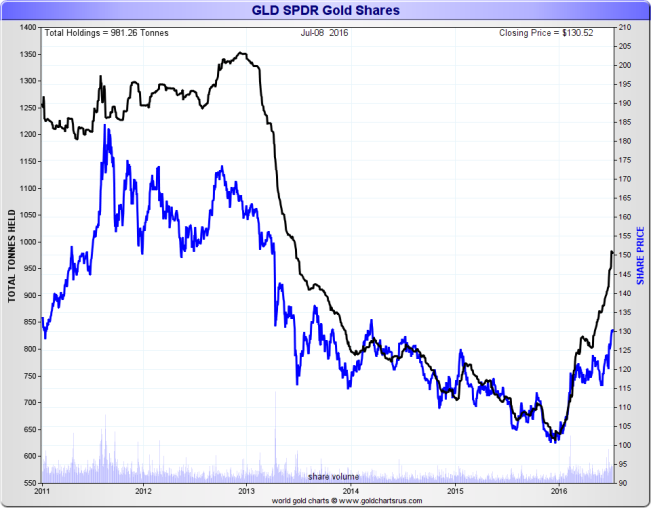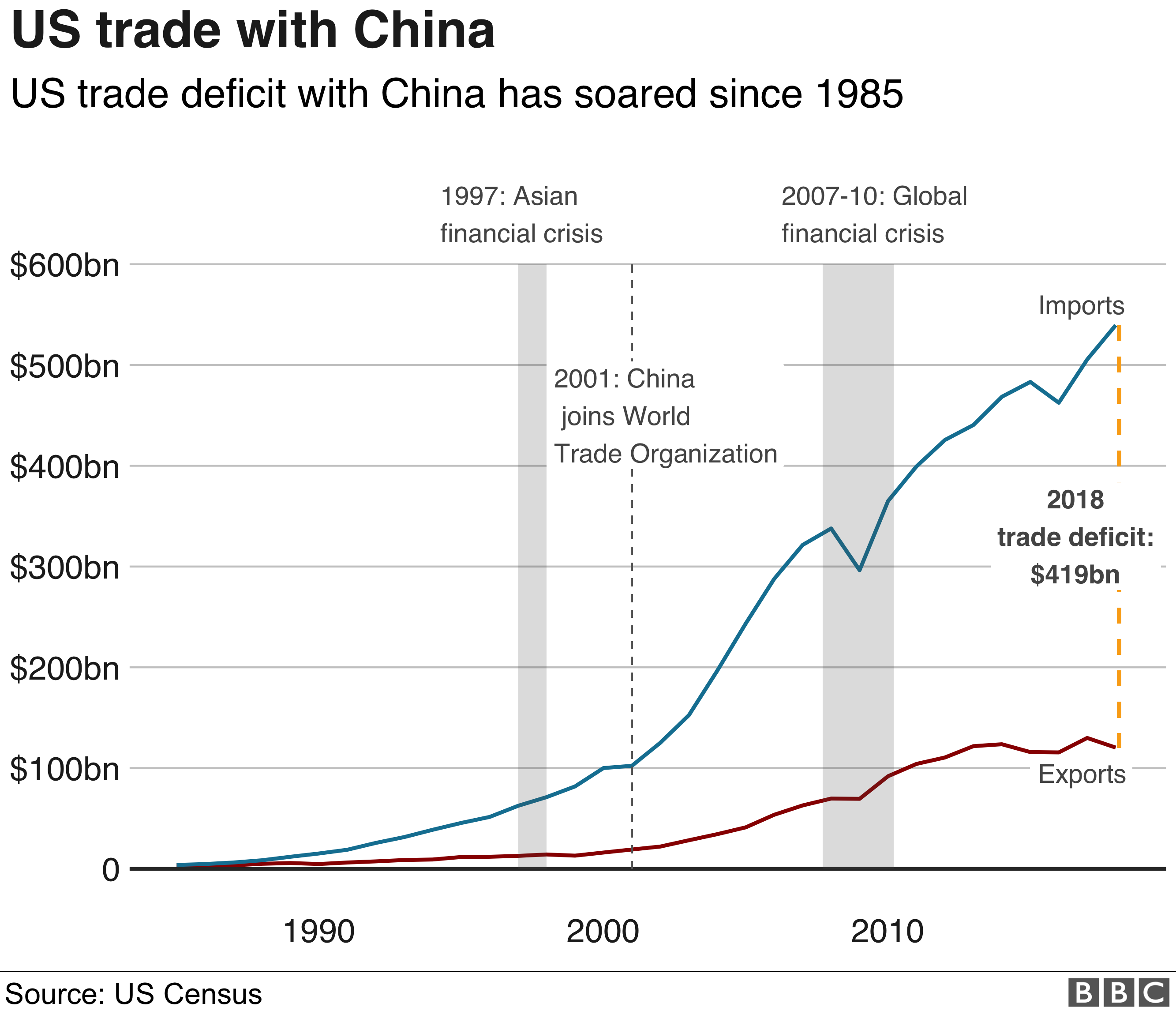Alright, folks, let’s talk gold. The world’s largest gold ETF, the SPDR Gold Trust (GLD), just shed 2.29 tonnes yesterday. That brings their total holdings down to 946.27 tonnes. Now, some might shrug this off as a minor blip, but I’m telling you, pay attention.

Photo source:www.bullionstar.com
This isn’t just about numbers; it’s about sentiment. The SPDR Gold Trust is often seen as a barometer for institutional and sophisticated investor interest in gold. When they’re buying, it’s a bullish signal. When they’re selling, well, that’s a warning shot.
So, what’s potentially driving this outflow? Several factors could be at play. Stronger-than-expected economic data hinting at a resilient economy can reduce the ‘safe haven’ demand for gold. Rising Treasury yields also make bonds a more attractive investment, pulling funds away from non-yielding assets like gold.
Let’s dive a little deeper into why gold is viewed as a ‘safe haven’ asset. Throughout history, gold has often maintained its value during times of economic and political turmoil.
Think about it – when currencies fluctuate wildly, gold tends to hold steady. It’s a store of value, a hedge against inflation, and a portfolio diversifier. However, this ‘safe haven’ status isn’t automatic.
Moreover, interest rates and gold have an inverse relationship. Higher rates make holding gold more expensive as there is an opportunity cost – you’re foregoing potential returns from interest-bearing investments.
Finally, remember that gold also benefits from uncertainty. If the economic outlook becomes cloudier, speculators may return to gold, driving prices upward. This is a space you need to watch closely.




